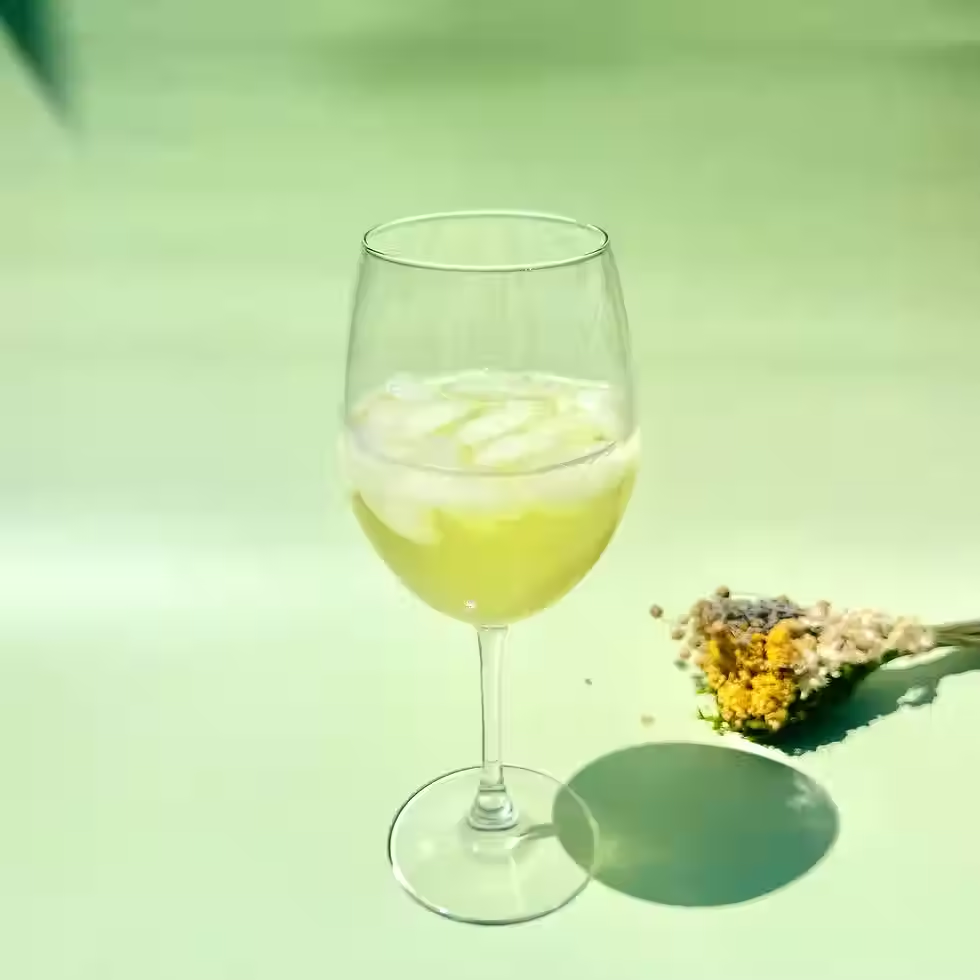Asahina Matcha: Why Japan’s Hidden Gem is Surpassing Uji & Yame
- Japanese Tea Master

- Oct 23
- 3 min read

Among Japan’s legendary tea regions, names like Uji and Yame have long stood as symbols of excellence. Yet in the misty valleys of Shizuoka, the quiet town of Asahina has been steadily earning recognition as Japan’s most refined and exclusive matcha terroir. Once known only to connoisseurs and gyokuro masters, Asahina is now emerging as a new benchmark of quality — one that rivals, and in some ways surpasses, even the famed Uji and Yame. Here are the 6 reasons why.
1 . Top 3 Regions & Japan’s Finest Gyokuro
Alongside Uji in Kyoto and Yame in Fukuoka, Asahina in Shizuoka is recognized as one of Japan’s top three regions for gyokuro, the highest grade of shaded green tea. While Uji is known for its deep, full-bodied elegance and Yame for its bold, nutty richness, Asahina's gyokuro stand apart for its delicate sweetness, soft aroma, and luxuriously smooth umami. Many tea masters describe it as a “gentler perfection” — a tea that captures the essence of balance rather than intensity. In competitions and expert tastings, Asahina gyokuro often surprises judges with its clarity and refinement, embodying an understated excellence that serious tea drinkers quickly learn to treasure.
2. A Exclusive Region Only for Japanese Tea Masters & Connoisseurs
Part of Asahina matcha’s allure lies in its rarity and resistance to commercialization. The region’s tea fields are small, family-run operations passed down through generations. These producers maintain deep-rooted relationships and adhere to traditional growing methods that prioritize quality over quantity. Unlike larger regions like Uji and Yame that have expanded to serve international markets, Asahina’s producers are known for keeping their teas close — often reserving them for domestic buyers, private auctions, or trusted partners. As a result, foreign businesses find it nearly impossible to enter or source directly, preserving Asahina’s mystique and ensuring that only a handful of connoisseurs ever experience its true flavor.
3. The Magic of the Asahina River and Its Morning Mist
Nature itself lends Asahina an advantage that no amount of human expertise can replicate. Each morning, a cool mist rises from the Asahina River, blanketing the tea fields in gentle humidity. This natural phenomenon slows photosynthesis, allowing the tea leaves to accumulate higher levels of theanine — the amino acid responsible for matcha’s signature umami and sweetness. The result is a cup that feels alive: sweet yet refreshing, savory yet airy, with no trace of bitterness. The Asahina River’s microclimate gives the region’s tea a depth and harmony unmatched anywhere else in Japan.

4. Ashina Gyokuro Masters
Asahina’s tea makers are not just farmers — they are true gyokuro masters, steeped in generations of shading and cultivation knowledge. Before harvest, the tea bushes are carefully covered with straw or black nets for up to three weeks, limiting sunlight and encouraging the plant to produce more chlorophyll and amino acids. The precise timing and shading technique — often adjusted daily based on temperature, sunlight, and even intuition — determine the final flavor. This level of care results in matcha and gyokuro with remarkable sweetness, velvety mouthfeel, and lasting umami that no industrial process can reproduce.

5. A New Fever for a New Generation
Asahina matcha is characterized by its sweet, refreshing flavor and high umami, offering a clean, smooth profile that feels vibrant and contemporary. In contrast, Uji and Yame matcha are beloved for their traditional notes — deep, roasted, and nutty — reflecting the warmth of Japan’s ceremonial heritage. This difference in taste has also revealed a generational divide:
Older generations tend to cherish the classic depth of Uji and Yame, with their rich, nostalgic tones that evoke the tea rooms and rituals of the past. Younger drinkers, however, are increasingly captivated by Asahina’s light, sweet clarity, which feels modern, pure, and easy to enjoy across different settings — from traditional bowls to matcha lattes and desserts. Asahina’s flavor speaks to today’s aesthetic of natural refinement: minimal, balanced, and quietly luxurious.
6. The Future of Japan’s Matcha
Asahina represents the next chapter in Japan’s tea story — a region that honors tradition while appealing to the evolving tastes of a new generation. Its limited production, unique river climate, and unmatched mastery make it not just another name among Uji and Yame, but a symbol of exclusivity and quiet excellence. For tea enthusiasts seeking authenticity, sweetness, and the highest expression of umami, Asahina Matcha is more than a drink — it’s a revelation.



Comments